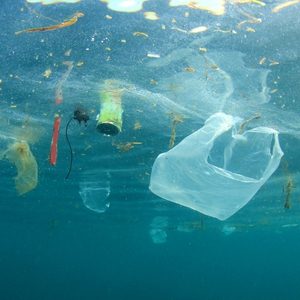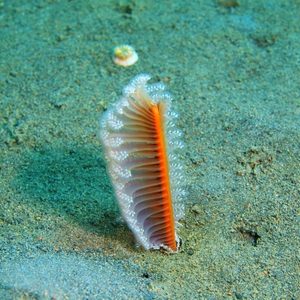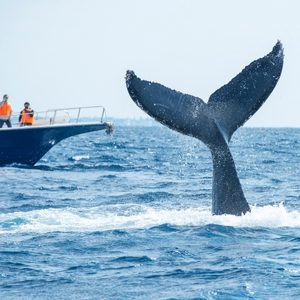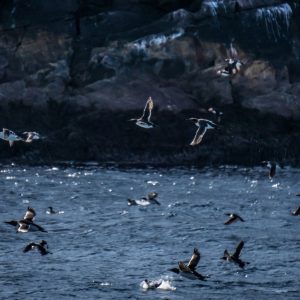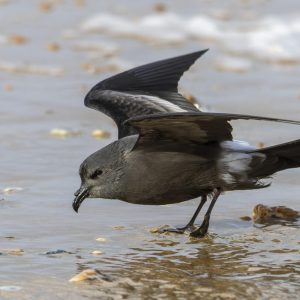Marine Campagins
Newfoundland and Labrador has over 17,500km of coastlines and some of the most biodiverse and rich ocean ecosystems on the planet. CPAWS-NL strives to increase the protection of our coastal and marine environments through many initiatives and grassroots projects.
What are Marine Protected Areas?
Marine Protected Areas (MPAs) are legally designated areas that provide long-term protection of marine ecosystems, processes, habitats, species, and biodiversity. MPAs contribute to the restoration and replenishment of natural resources for social, economic and cultural enrichment. From the surface of the ocean to the seafloor, MPAs protect our oceans from the threats presented by industrial and other human activities.
On April 25, 2019, the Minister of Fisheries, Oceans and the Canadian Coast Guard that all federal marine protected areas (MPAs) in Canada will now have to meet a minimum threshold of protection where all future MPAs, including those established under the Oceans Act, the National Marine Conservation Areas Act, and the Canada Wildlife Act, will prohibit oil and gas, mining, bottom trawling and dumping. These standards stem from international standards, such as IUCN and CBD, and will better protect Canada’s Ocean biodiversity.
MPAs in Newfoundland and Labrador
From the North coast of Labrador to the Laurentian Channel to the Southwest Fjords, the ocean off the coast of Newfoundland is home to an abundance of sea life. With over 17,000km of coastline, Newfoundland and Labrador plays and important role in the protection of Canada’s North Atlantic Marine Ecosystem.
There are three MPAs within the province of Newfoundland and Labrador. Eastport (Duck Islands and Round Island), the two areas total 2.1km2 and the newest fully protected MPA Laurentian Channel at 11,580km2 are located on the island of Newfoundland. Secondly, Gilbert Bay is a 60km2 MPA located on the Southeast Coast of Labrador.
The Laurentian Channel is the first MPA under the new minimum standards mentioned above. It is currently the largest fully protected MPA in Canada!



